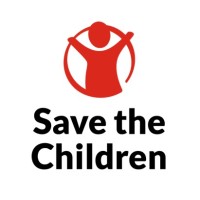
World Vision
World Vision is the largest child-focused private charity in the world. Our 33,000+ staff members working in nearly 100 countries have united with our incredible supporters to impact the lives of over 200 million vulnerable children by tackling the root causes of poverty. Through World Vision every 60 seconds…a family gets water…a hungry child is fed…a family receives the tools to overcome poverty. Motivated by our faith and guided by our deep experience and expertise, we are a Christian humanitarian, development and advocacy organisation devoted to improving the lives of children, families and their communities around the world and creating lasting impact that will live on in generations to come. We serve all people, regardless of religion, race, ethnicity, or gender.






